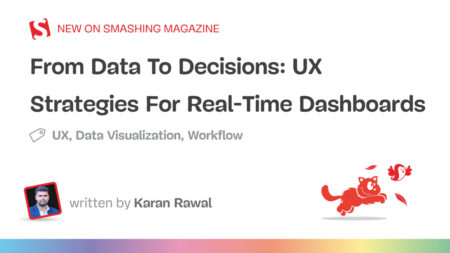Many companies today find themselves having to rethink how they build their workforce in the face of urgency to digitally transform and adopt AI, while politics and the global economy are impacting from where talent with those skills can be sourced, according to a new report on talent acquisition.
The evolution of what is being called Open Talent began with the COVID-19 pandemic, and organizations suddenly found themselves having to accommodate workers forced out of shuttered offices by setting them up with remote capabilities. This phenomenon has brought the industry to a place in which the search for skilled labor isn’t bound by geography. And that has fueled investments in AI-powered talent platforms, in which workers are pre-vetted for their skills and then posted to organizations needing those skills for a project.
The study, called Reinventing Talent Acquisition: How Open Talent Is Transforming the Workforce, looks at how platforms are emerging that use AI to match workers with work engagements, which in turn is changing the role of the recruiter.
In the report, done jointly by Randstad, Staffing Industry Analysts (SIA) and Open Assembly, 62% of respondents said they currently are or are planning to use a talent platform. Morris said he expects that number to grow because developers skilled in certain modern technology areas are hard to find. In fact, to find those skilled workers, “you open your aperture and then, those people with these hard-to-find skills, they can pick the engagement they want. So [organizations] need to be thinking creatively when they’re looking to get access to talent.”
The important pieces to finding the right fit are: where is the talent located, what time zone is it in, and what are your skills, experience level and communication capability. These are the recruiting challenges that an AI-powered talent platform can help overcome.
From recruiter to advisor
With AI doing the initial search for talent, then collecting and analyzing resumes, recruiters are spending less time finding talent than they are now nurturing it, according to Mike Morris, the founder of talent communities Topcoder and Torc, which was acquired by talent engagement provider Randstad Digital, where Morris is head of U.S. recruiting. Building automation and AI into the talent platform, he said, “allows our recruiter to spend their time in an advisory capacity, which is much more valuable. And that’s really where we want to be, spending time advising the talents and the clients on the best thing for them in a very relationship manner, rather than just being behind the scenes, pushing the paper and providing the statuses.”
That, Morris noted, is improving the job. “Our feeling is that our service level is increasing, our speed is increasing, the quality of the talent is increasing because of this pre-vetting, and that’s going to lead to more job orders and allow us to keep those recruiters busy as we’re freeing up some of their time that used to be spent on the manual pieces,” he said.
The recruiter/advisor can guide developers on how to upskill in certain areas, how to take assessment tests that increase their value and prove their ability, and even how to turn project engagements into full-time positions.
Assessing the talent
Morris said the Torc talent community is made up of about 1.5 million developers, with some 20,000 to 30,000 developers reaching out each month to join. At that point, the company does three things to assess the level of talent and fitness for placement.
First, he said, Torc takes in data from LinkedIn, parsing out skills and tangential skills for categorization by AI. Next, to assess technical talent, the platform integrates with GitHub to pull in all of their work from the previous 12 months. “We pull in all the ranks from GitHub, GitLab and Hacker and pull in their stats,” Morris said. “So now they said they were good at, say, Java, and look, in the last 12 months, they’ve done 64 pull requests and they were all in the Java programming language, and they did this many code pushes. So we can start to create a map of what they say they’re good at.”
The third part of it is an assessment, in which the candidate takes a Java assessment (for this example), and the score gets rated against the rest of the pool of candidates in the Torc community. And where AI is so impactful is because taking the Java assessment could show proficiency in 15 other technologies that are closely associated with Java, Morris noted.
As the candidates start creating a profile, Torc’s AI career coach – which is the platform – will suggest taking an assessment to prove their capability, or to suggest taking a master class on a particular language to make them better.
“Any sort of transformation, digital transformation, change is hard. It’s all a people process and technology problem. But the people change is the hardest part,” Morris said. “So as we look at the 275 recruiters inside of Randstad, how do we get them to start thinking about their role differently? And then get them to start thinking about how they’re approaching their clients differently.”
That, he said, is how you build out an open talent community.
The post Open Talent platforms emerging to match skilled workers to needs, study finds appeared first on SD Times.
Source: Read MoreÂ
